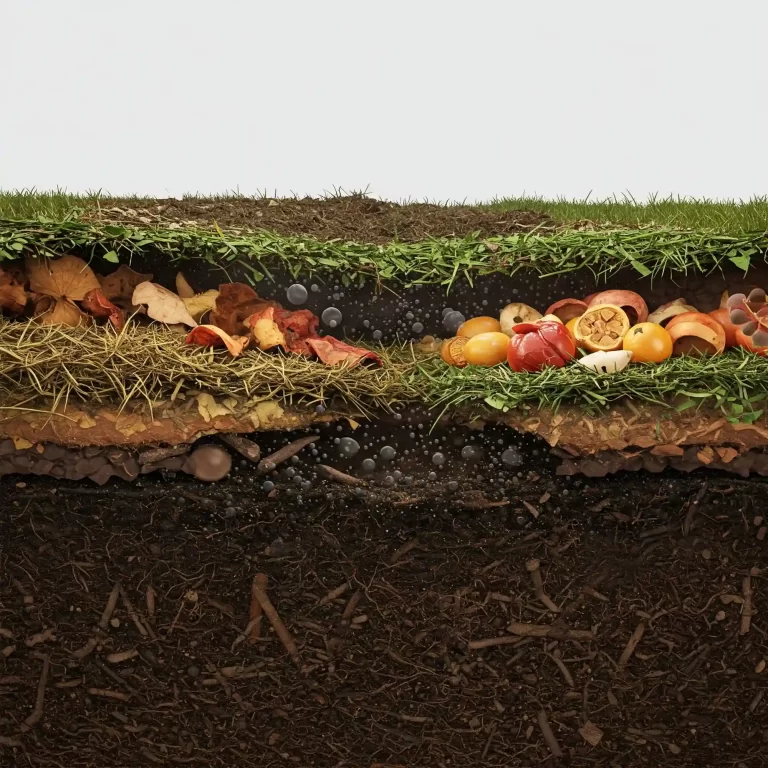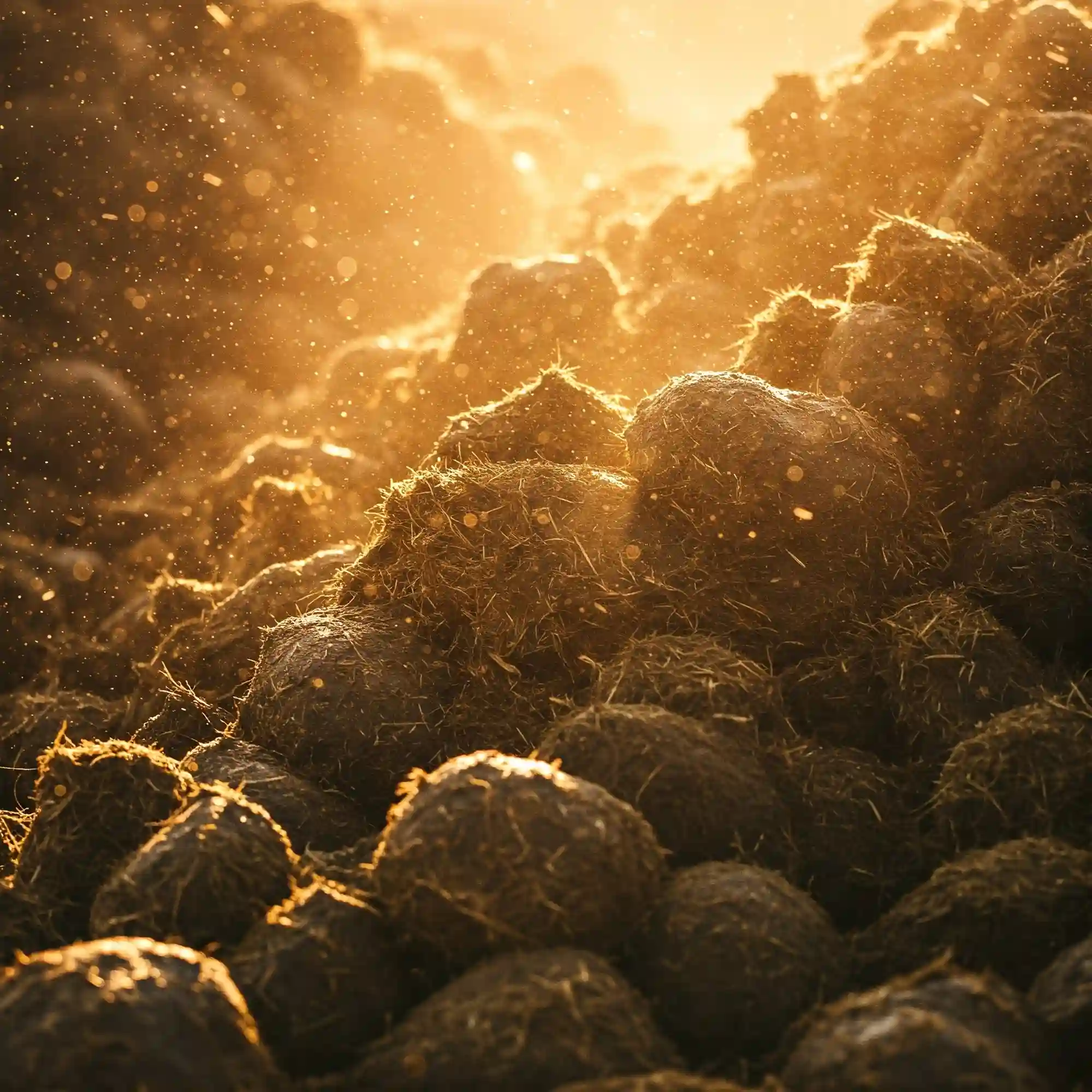Make the Most of Your Limited Space
Composting is a great way to reduce your environmental impact and create nutrient-rich soil for your plants. But if you live in a small space, you may think you don’t have the room to compost. Think again! There are several easy composting methods that you can use in even the smallest of spaces.
In this article, we’ll discuss five different composting methods that are perfect for small spaces. We’ll also provide tips on how to compost effectively and troubleshoot any problems you may encounter. So whether you live in an apartment, a condo, or a small house, you can still compost and enjoy the benefits of this sustainable practice.
Easy Composting Methods for Small Spaces
1. Worm Composting
Worm composting, also known as vermicomposting, is a great option for composting in small spaces. Worms break down organic matter into nutrient-rich compost, and they don’t require a lot of space. You can set up a worm composting bin in a closet, under a sink, or even on a countertop.
- What You’ll Need:
- A composting bin with a lid
- Red wiggler worms
- Bedding material, such as shredded newspaper or straw
- Food scraps, such as fruits, vegetables, and coffee grounds
- How to Do It:
- Add a layer of bedding material to the bottom of the bin.
- Add a layer of food scraps.
- Cover the food scraps with another layer of bedding material.
- Repeat steps 2 and 3 until the bin is full.
- Place the lid on the bin and let the worms do their work.
- Every few weeks, stir the compost and add more food scraps as needed.
- After 3-6 months, the compost will be ready to use.
2. Bokashi Composting
Bokashi composting is another great option for composting in small spaces. Bokashi composting uses beneficial bacteria to break down organic matter into a nutrient-rich liquid fertilizer and compost.
- What You’ll Need:
- A bokashi composting bin
- Bokashi bran
- Food scraps, such as fruits, vegetables, and coffee grounds
- How to Do It:
- Add a layer of bokashi bran to the bottom of the bin.
- Add a layer of food scraps.
- Cover the food scraps with another layer of bokashi bran.
- Repeat steps 2 and 3 until the bin is full.
- Close the lid of the bin and let the bacteria do their work.
- Every few weeks, stir the compost and add more food scraps as needed.
- After 2-4 weeks, the compost will be ready to use.
3. Tumbler Composting
Tumbler composting is a great option for composting in small spaces if you have a patio or balcony. Tumbler composters are enclosed bins that you rotate to mix the compost. This helps to aerate the compost and speed up the composting process.
- What You’ll Need:
- A tumbler composting bin
- Food scraps, such as fruits, vegetables, and coffee grounds
- How to Do It:
- Add food scraps to the tumbler.
- Close the lid of the tumbler and rotate it.
- Rotate the tumbler every few days.
- After 3-6 months, the compost will be ready to use.
4. Compost Tower Composting
Compost tower composting is a great option for composting in small spaces if you have a garden. Compost towers are vertical structures that you fill with organic matter. The organic matter breaks down into compost as it moves through the tower.
- What You’ll Need:
- A compost tower
- Food scraps, such as fruits, vegetables, and coffee grounds
- How to Do It:
- Add food scraps to the top of the compost tower.
- As the organic matter breaks down, it will move down through the tower.
- After 3-6 months, the compost will be ready to use at the bottom of the tower.
5. Sheet Composting
Sheet composting is a great option for composting in small spaces if you have a garden. Sheet composting involves layering organic matter on top of your garden soil.
- What You’ll Need:
- Food scraps, such as fruits, vegetables, and coffee grounds
- Newspaper or cardboard
- How to Do It:
- Cut newspaper or cardboard into small pieces.
- Spread a layer of food scraps on top of your garden soil.
- Cover the food scraps with a layer of newspaper or cardboard.
- Repeat steps 2 and 3 until you have a pile that is about 6 inches tall.
- Water the pile regularly.
- After 3-6 months, the compost will be ready to use.
Tips for Composting in Small Spaces
- Choose a composting method that is right for your space and lifestyle.
- Start small and gradually increase the amount of compost you produce.
- Turn or mix your compost regularly to aerate it and speed up the composting process.
- Keep your compost bin or pile covered to prevent pests and odors.
- Add a variety of organic materials to your compost pile, including food scraps, yard waste, and paper products.
- Avoid adding meat, dairy, or diseased plants to your compost pile.
- Be patient! Composting takes time, but it is worth the wait.
Troubleshooting Composting Problems
If you are having problems with your compost, here are a few things you can try:
- The compost is not breaking down: This could be due to a lack of moisture, oxygen, or nitrogen. Try adding more water, turning the compost more frequently, or adding a nitrogen-rich material, such as coffee grounds or manure.
- The compost is too wet: This could be due to overwatering or a lack of drainage. Try adding more dry materials, such as straw or newspaper, or moving the compost pile to a location with better drainage.
- The compost smells bad: This could be due to a lack of oxygen or the presence of meat, dairy, or diseased plants. Try turning the compost more frequently or removing the offending materials.
- The compost is attracting pests: This could be due to a lack of cover or the presence of food scraps. Try covering the compost pile more securely and avoiding adding food scraps.
With a little patience and care, you can compost in even the smallest of spaces. So what are you waiting for? Start composting today and enjoy the benefits of this sustainable practice!

